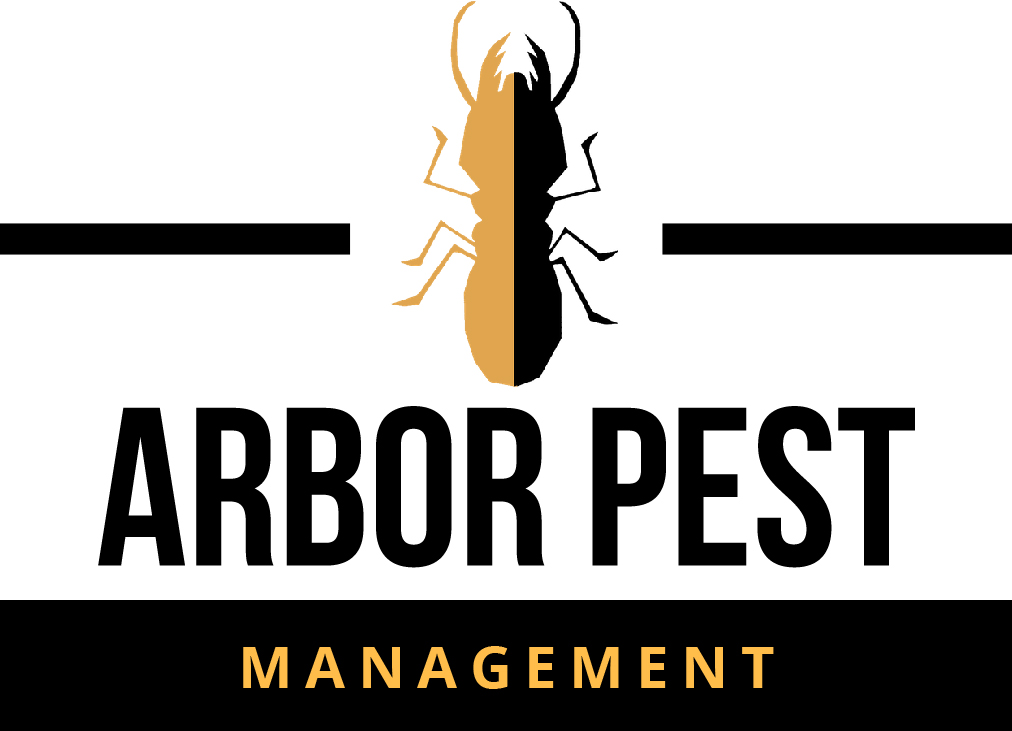Say Goodbye To Silverfish
As a homeowner, you've probably encountered silverfish, those small, silver-scaled insects that love to dwell in dark, damp spaces. While they are not directly harmful to humans, silverfish can cause damage to your belongings, such as books, wallpaper, and clothing. This article will provide you with valuable information on silverfish and how to control them, as well as practical tips for homeowners.
Understanding Silverfish:
Silverfish (Lepisma saccharina) are small, wingless insects with a silver or grey appearance, characterized by their teardrop-shaped bodies and three long bristle-like appendages at the rear. They prefer dark, damp, and humid environments, which is why you're likely to find them in bathrooms, basements, kitchens, and attics.
Silverfish are known for their destructive feeding habits, as they consume a variety of materials containing starch, cellulose, and protein. This means they can damage items like books, wallpaper, clothing, and even cardboard boxes. While they don't transmit diseases, silverfish infestations can be unsettling and frustrating for homeowners.
Effective Pest Management Techniques:
- Reduce humidity: Since silverfish thrive in damp environments, reducing the humidity in your home is essential. Use a dehumidifier, ensure proper ventilation, and fix any leaks or water damage. Additionally, keep your bathroom and kitchen well-ventilated by using exhaust fans.
- Remove clutter: Silverfish love hiding in cluttered areas. Regularly declutter your home, especially in damp rooms like basements and bathrooms. Store books, clothes, and other belongings in sealed plastic containers rather than cardboard boxes.
- Clean regularly: Regularly vacuuming and cleaning your home can help remove silverfish eggs and adults. Pay special attention to cracks, crevices, and other potential hiding spots
- Seal entry points: Inspect your home for gaps or cracks where silverfish may enter. Seal these entry points with caulk, weatherstripping, or other suitable materials.
- Use traps: Sticky traps can be an effective way to catch silverfish. Place these traps near suspected hiding spots or infested areas. Alternatively, use homemade traps such as a glass jar with a piece of bread or damp newspaper inside. Wrap the outside of the jar with tape to provide a climbing surface for the silverfish, which will then become trapped inside.
- Chemical treatments: If the infestation is severe, consider using chemical treatments. Insecticides containing pyrethroids or diatomaceous earth can be effective in controlling silverfish populations. Always follow the manufacturer's instructions and exercise caution when using chemicals in your home.
Controlling silverfish in your home doesn't have to be a daunting task. By following these practical tips and implementing effective pest management techniques, you can create an unwelcoming environment for these nuisance insects. If you continue to struggle with silverfish infestations despite your efforts, consider consulting us here at Arbor Pest Management.





